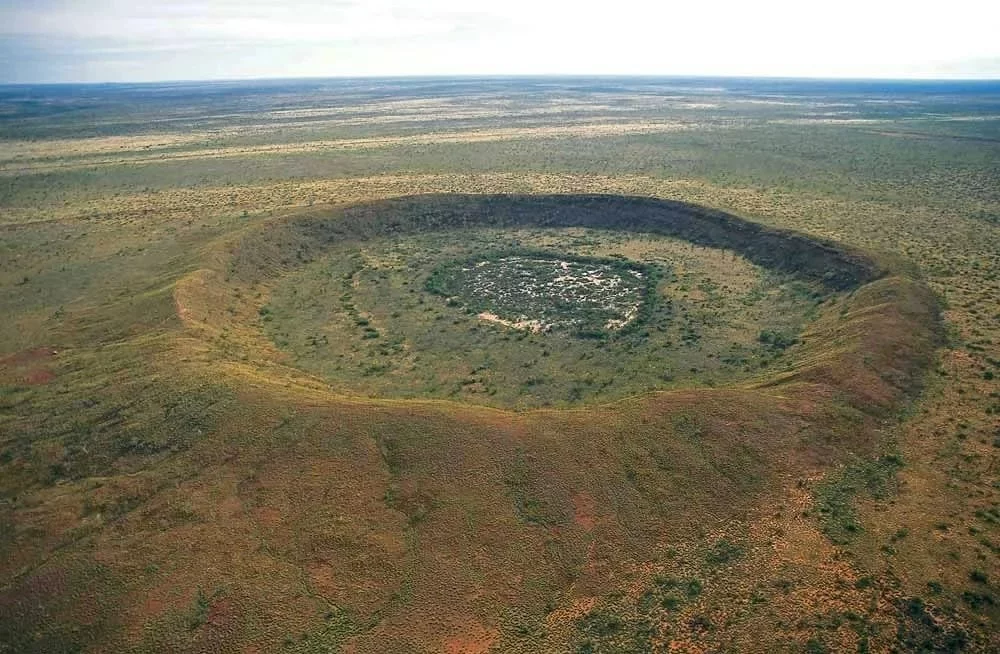
The Vredefort Crater, located in South Africa, holds the title of the largest verified impact crater on Earth. With an impressive diameter of approximately 300 kilometers (190 miles), this ancient geological wonder was formed by a colossal meteorite impact over 2 billion years ago.
Situated in the Free State province, near the town of Vredefort, the crater is a testament to the Earth’s dynamic history. The meteorite, estimated to have been around 10-15 kilometers (6-9 miles) in diameter, struck the planet with such force that it left a scar visible even today, despite millennia of erosion and geological changes.
The impact that created the Vredefort Crater released an energy equivalent to billions of atomic bombs, reshaping the landscape and affecting the geology of the region significantly. This cataclysmic event also had profound implications for the Earth’s environment at the time, possibly influencing early life forms and contributing to the planet’s evolutionary trajectory.
Today, the Vredefort Crater is not only a significant scientific site but also a UNESCO World Heritage site. It attracts geologists, researchers, and tourists from around the globe, eager to witness and study one of the Earth’s most extraordinary natural formations. The central part of the crater features a series of hills known as the Vredefort Dome, formed by the rebound of rock after the impact, providing a unique landscape and valuable insights into planetary impact processes.
Efforts to preserve and study the Vredefort Crater continue, with ongoing research aimed at understanding more about the history of our planet and the forces that have shaped it. The crater stands as a powerful reminder of the Earth’s turbulent past and its ongoing geological evolution.
